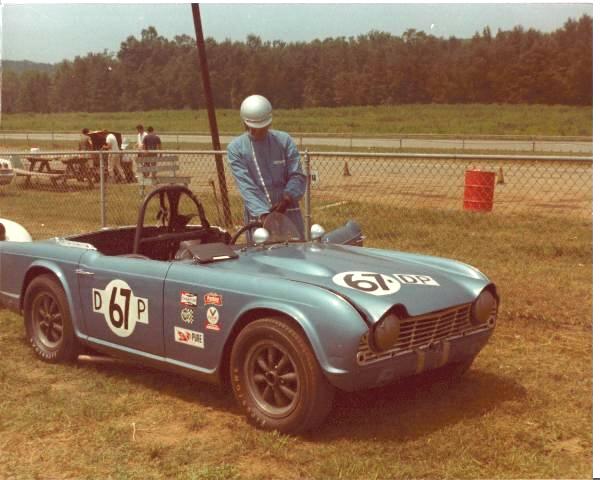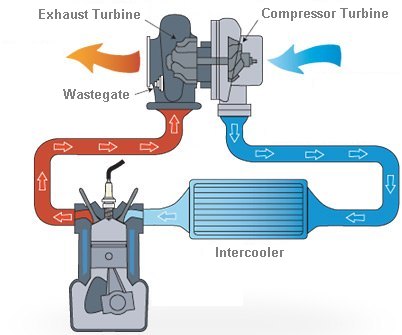Now that Unreal is upon us, I’m gonna try to finish up what I have left for the Kee Universe  I didn’t spend quite as much time styling these since I’m gonna have to do them all over for Unreal anyway!
I didn’t spend quite as much time styling these since I’m gonna have to do them all over for Unreal anyway!
The Reverence started out as the third vehicle in Adenine’s 1960s lineup. Pickup trucks were quite a foreign concept to a Brit like Penrose, but he recognized their popularity and usefulness. In order to be competitive with the other American automakers, Adenine needed to have a pickup truck. But there was a problem: the Adenine factory was only capable of producing front-wheel drive, unibody vehicles. Could Penrose design a competitive pickup truck with these limitations?
Penrose had known that this would be an issue early on when he was planning out Adenine’s market strategy. His unibody design had many advantages, but it certainly could not surpass the durability and utility of a ladder chassis. Furthermore, he wasn’t sure if pickup buyers accustomed to 4x4s would appreciate the benefits of front-wheel drive.
Still, retooling the factory again to produce a separate ladder chassis was out of the question. And designing a pickup truck would be easy since the Advent already looked the part. The entire front half of the Advent could be carried over with almost zero modifications. In the rear, the wheelbase was extended to 2.9m and the rear trailing arms were replaced with a solid axle, leaf spring suspension for better cargo capability. Since the solid axle did not need to include the driveshafts and differential, the unsprung weight was greatly reduced - meaning that ride quality was considerably better than standard solid axle trucks of the time. In addition, with no transmission tunnel, the floor of the bed could be made lower for additional cargo space.
The Advent’s chassis was not wide enough to simply drop in the I6 and V8 engines from the Veranda, so Penrose modified them into smaller 3.4L and 4.5L variants. To save tooling costs, both engines used the same 86.2mm bore and 96.9mm stroke. Like the Veranda engines, they used a direct acting overhead cam with a single barrel/double carb configuration. The 3.4L I6 produced over 200hp SAE gross (162hp net) and the 4.5L V8 produced 280hp gross (209hp net). While this was a step down from the Veranda’s output, the numbers were still remarkably competitive with the pickup engines of the time, especially considering their small displacement.
In the later stages of testing, Adenine engineers discovered two potential problems: First, loading cargo into the bed of the truck would shift weight distribution to the rear, away from the driven wheels. Second, when towing heavy trailers, the stresses would concentrate at the corner where the top of the bed met the cab, and the bed could tear away from the cab. In a conventional pickup, these loads would be taken by the frame, and the bed and cab were two separate parts.
Penrose had anticipated the weight distribution issue but the stress issue was an unexpected problem. He decided to make the walls of the bed taller, which would hopefully distribute the stresses better. This, of course, also made it much more difficult to load cargo into the bed, but he thought it would be worth the tradeoff. Still, it was clear that the unibody Reverence would be at a disadvantage in overall utility compared to competitors.
The Adenine Reverence was released in 1967 to a mixed reception. It had one key advantage: its price. With an inflation-adjusted base price of $10000 (20% markup), the Reverence had the power and cargo capacity of a full-size pickup truck with the cost of a much smaller vehicle. This made it a very interesting proposition in the US, which had not yet embraced the compact pickup market. Some have speculated that the low cost of the Reverence drove Ford and Chevy to introduce badge-engineered compact pickups like the Ford Courier (Mazda B-series) and Chevy LUV (Isuzu Faster), although this is unlikely since the 1st gen Reverence never posed a significant threat to the sales of the Big Three.
The styling certainly suited the Reverence far more than the Advent, and its size and specs were on point. The Reverence proved to be successful with casual truck buyers, who only needed the ability to haul large items on an occasional basis. Its handling and ride quality were far above competing pickups, and were often considered to be better than many sedans. In addition, with its powerful engines and low weight, the Reverence was surprisingly quick. The base model with the 3.4L I6 could do 0-62 in 9.2 seconds; a fully loaded model with the 4.5L V8 could do it in 8.1. During this time period, many Americans began buying pickup trucks for lifestyle and image reasons rather than pure utility, and the Reverence’s carlike handling and low cost made it perfectly suited for these customers.
However, heavy-duty users soon ran into issues. Reports of Reverences spinning their front wheels or detaching their beds popped up here and there. People who knew trucks soon learned to steer clear of the “fake” truck made by Adenine, which definitely hurt Adenine’s reputation in the truck world. Luckily, this did not greatly affect Adenine’s sales to average consumers, who weren’t as knowledgeable about such matters. With its low price, Adenine was still able to sell as many Reverences as they built (which, at this point, was not very many).
Still, Penrose was worried about the future prospects for the Reverence. If Adenine wanted to grow, the Reverence would have to be embraced by the hardcore pickup drivers as much as the average consumers. The next Reverence would have to be a 4x4 body-on-frame pickup - but where would he get the money to build a whole new factory?



























 (although that Vindicator was quite a bit older…)
(although that Vindicator was quite a bit older…)





